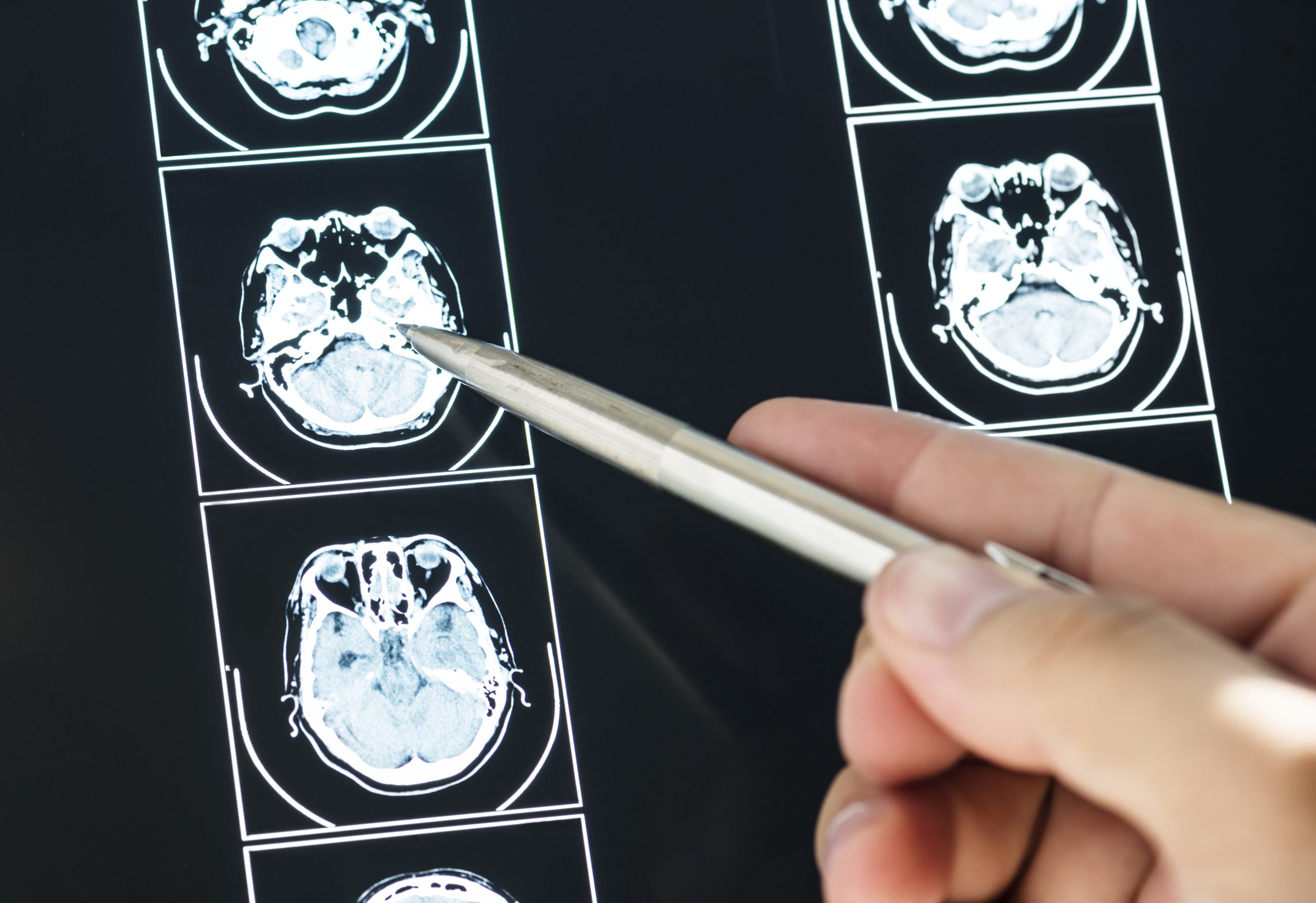Tumours of The Brain
An overview of brain tumours and what they entail
There is a wide range of growths in the brain and surrounding it which we refer to as brain tumour. It carries a reputation for being dangerous with dismal outcome whenever they are detected.
Patients with brain tumours are commonly believed to have a bad outcome. While this may be true in certain cases, others can be treated and potentially cured.
What are the signs and symptoms of a brain tumour?
The most common presentation of a large tumour is a headache. There are other symptoms as well, such as weakness of limbs or speech, fits, changes in behaviour, vision disturbances, or loss of sensation.
There is a strong correlation between the size and location of a tumour and clinical presentation (left or right; in different parts of the brain and whether the tumour is within the brain or pressing on it from outside the brain, etc.).
Occasionally, a tumour can be discovered during a routine health checkup or an investigation into another condition as a result of an incidental discovery. Sometimes, patients who have been diagnosed with cancers like lung and breast cancer can have a brain scan. They will have tumours that have spread to the brain due to cancer. Depending on the severity of these problems, these will need to be discussed with a neurosurgeon and treated according to their needs.
An overview of the different types of tumours
A tumour can develop from the brain cells itself (tumour of the brain); from surrounding tissues, such as the covering of the brain (meninges) that compresses the brain to cause symptoms (tumour around the brain); or from other parts of the body that spread to the brain (such as cancers of the lungs or breast – tumours to the brain). There is a term for this condition called metastasis, which means “cancer that has spread to the brain”.
There are also tumour mimics such as Abscesses, Tuberculosis, Cysts. Other less common conditions which will not be discussed here.
Depending on the type of tumour, brain tumours can also be classified as benign, malignant/ cancerous. Some have an intermediate characteristic.
The types of tumours and the location of the tumours can also differ significantly between children and adults, thus requiring different treatment approaches; whether they are surgical, medical (chemotherapy) or radiation, depending on the type of tumour cells. Medical and radiation therapy is collectively known as adjuvant treatment.
A large proportion of patients will require surgery. Depending on the type of tumour, a biopsy(sampling), debulking (major removal), or resection (total removal of the tumour) procedure will be performed. Chemo/radiation treatment is given either before or after the surgery. In certain situations, such as in advanced disease, only chemo/radiation is given. This is usually decided after prior discussion between neurosurgeon and oncologist, particularly in cancer cases.
In the modern era of medicine, some of the most common brain tumours seen in adults include the following:
1.Astrocytoma/Glioma: High and low grade

High-grade Astrocytoma/Glioma has a poor overall prognosis. The majority of these high-grade tumours can return and will require more than one procedure. There aim in high-grade glioma, is usually to prolong life. Low grade glioma treatment involves only surgery unless it has transformed to a high grade tumour.
2. Meningioma: High and low grade

Most meningioma with symptoms are treated with surgery and chemo/radiation is reserved for certain situations such as residual or recurrence of tumour. Smaller or incidental tumours can be observed or treated with radiotherapy.
Metastasis

Metastasis refers to the cancer spread to the brain. It is one of the most common tumours in adults. With advancements in the field of surgery and oncology, patients with metastasis have better survival.
Haemangioblastoma (posterior fossa)
- Pituitary tumours/ Craniopharyngioma: These tumours can cause hormonal and/or eye disorders, most of which can be treated with keyhole surgery through the nose or skull, depending on their size and location.
- Vestibular Schwannoma (VS): Symptoms include tinnitus, vertigo, and unilateral deafness. This tumour can cause headaches, difficulty swallowing, speech difficulties, and tongue wasting when large. Neurosurgeons face many challenges with this group of tumours. During diagnosis and treatment, an otorhinolaryngologist is involved. The surgery, however, is performed by a neurosurgeon. Earlier imaging allows smaller tumours to be treated with radiation or closely monitored with serial imaging.

Tumours in children
The range of tumours in children is quite different from that of adults. Most of the brain tumours in children are located in the smaller brain(cerebellum), at the back of the skull.
Due to this location, tumours often cause obstructed flow of brain fluid (hydrocephalus) which requires surgery either before, during or after brain tumour surgery.
Listed below are some types of common paediatric brain tumours:
- Astrocytoma/Glioma
- Medulloblastoma
- Ependymoma

Ependymoma
Surgery is the mainstay of treatment and oncological for recurrences.
Certain syndromes are related to specific brain tumours in children or young adults. For example, Von Hippel Lidau Syndrome (haemangioblastoma); Tuberous sclerosis (subependymal giant cell astrocytes); and Neurofibromatosis 1 and 2 (astrocytoma, vestibular schwannoma, meningioma, and ependymoma).
Fortunately, metastasis (tumours to the brain) is rare among children.’
Treatment Regime
Much research and development have taken place in brain tumour management over the last decades.
Imaging (Radiology)
- Multi-slice MRI and CT
- PET and SPECT scans
- Intraoperative Neuronavigational
- Diffusion Tensor Imaging (DTI)
- Functional MRI (fMRI); and

Awake craniotomy involves removing a tumour while the patient is conscious to reduce risk of injury to critical structures surrounding the tumour .

Conclusion
New approaches to brain tumours aim to better understand tumour behaviour and response to treatment. Efforts are being made to improve outcomes and quality of life for patients.
The diagnosis of each tumour is more specific, where each tumour is further classified based on molecular characteristics. In this way, the nature of tumour and its response can be better understood.
Better outcome is seen when brain tumours are detected early. Treatment goals must be tailored to the needs and expectations of patients guided by neurosurgeon and a team of various specialties.
by Dr Ravindran Vashu, Consultant Neurosurgeon.

